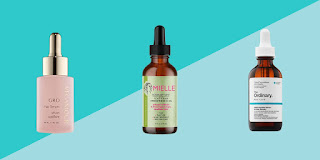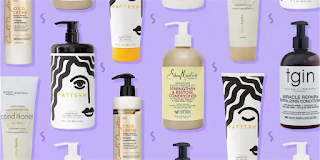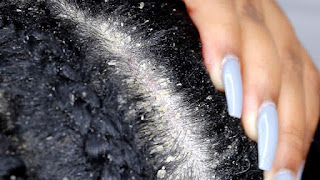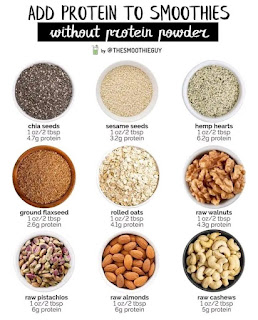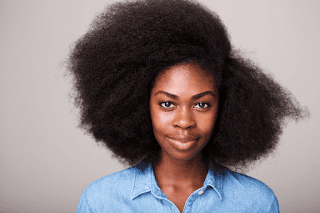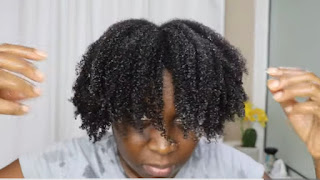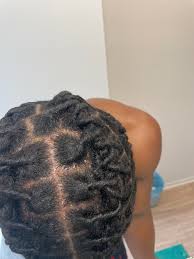Why doesn’t my natural hair have shine?

As a hair coach, one question I got from one of my client is, “Why doesn’t my natural hair have shine?”. If you are someone that have similar situation, there could be several reasons why your natural hair lacks shine: 1. Hair Type : Some hair types naturally have less shine than others. For example, coarser hair types may appear less shiny than fine hair. 2. Product Buildup : Accumulation of hair products like serums, oils, or styling products can weigh down your hair and make it look dull. Regularly clarify your hair to remove buildup. 3. Hydration : Hair needs moisture to shine. Ensure you're using hydrating shampoos and conditioners , and consider using leave-in conditioners or hair masks to maintain moisture. 4. Heat Damage : Excessive use of hot styling tools like flat irons or curling irons can damage the hair cuticle, leading to a loss of shine. Use heat protectant products and limit heat styling. 5. Environmental Factors : Exposure to the sun, wind, and pollution...







